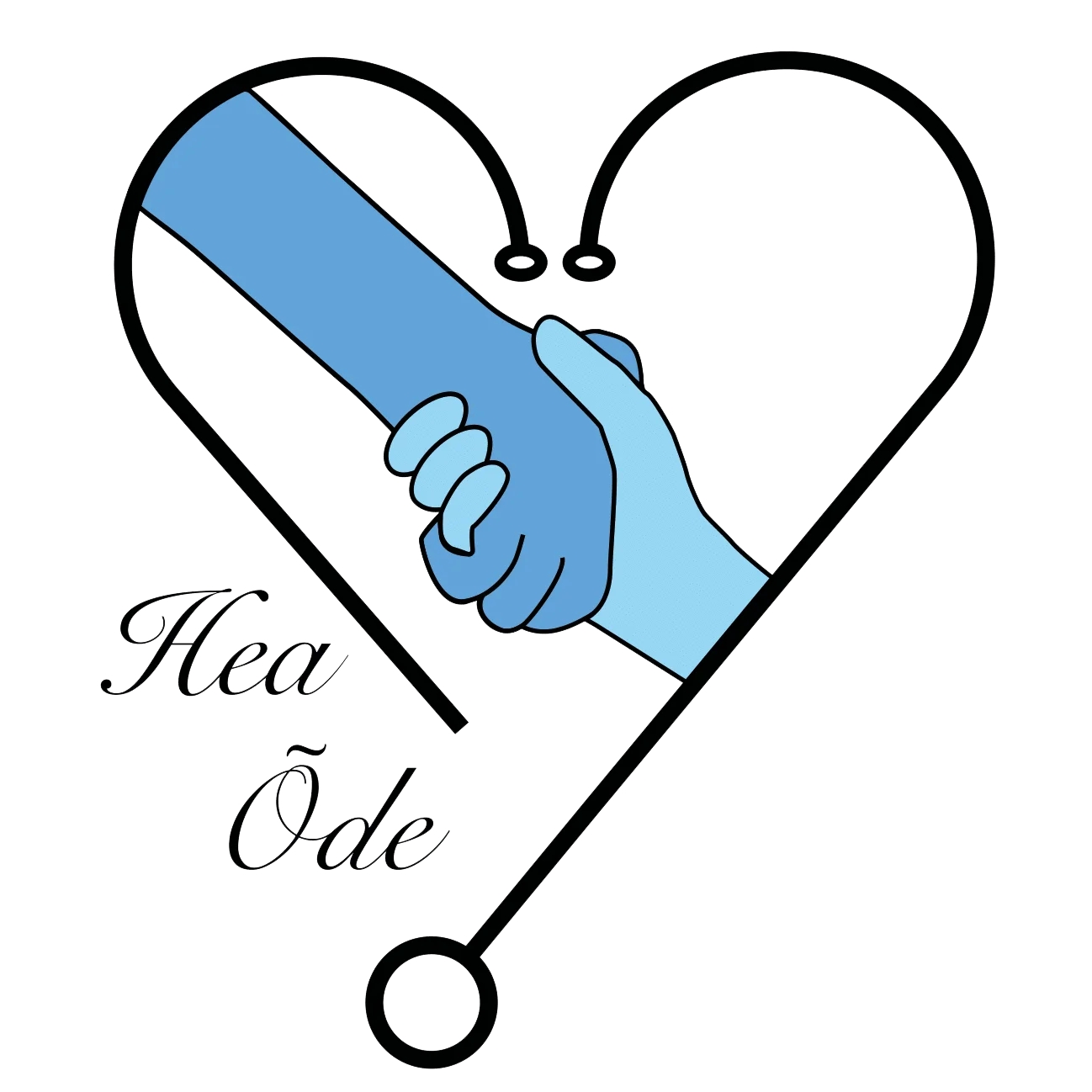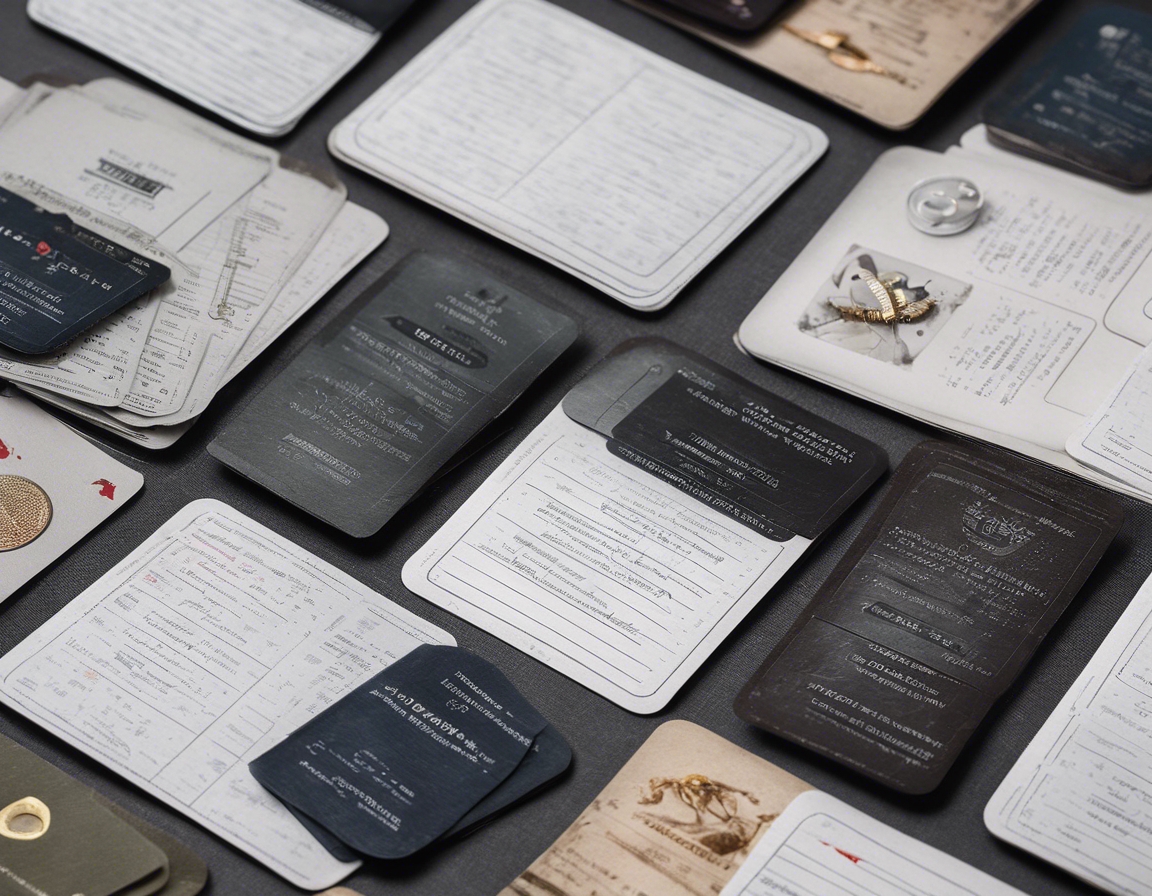5 fun ways to learn medical terminology
Medical terminology is the standardized language used by professionals in the healthcare industry. It enables clear and concise communication, which is critical for providing effective patient care and collaborating across various medical specialties. Learning medical terminology is not just about memorizing words; it's about understanding the language of medicine to enhance one's ability to serve patients and work within a healthcare team.
For many, the prospect of learning medical terminology can be daunting. The terms are often long, complex, and derived from Latin or Greek, making them difficult to pronounce and remember. However, with the right tools and methods, mastering this language can be an engaging and rewarding experience.
Interactive Flashcards
Flashcards are a time-tested study tool that promotes active recall, a process that strengthens memory. Creating your own flashcards for medical terms, their definitions, and their pronunciations can be a highly effective way to learn. This method also allows for customization to focus on the areas you find most challenging.
There are numerous online platforms that offer pre-made flashcards for medical terminology. These platforms often include features such as spaced repetition and quizzes, which can help to reinforce learning over time.
Medical Terminology Games
Engaging in online games that focus on medical terminology can make learning fun and competitive. These games often include matching terms to definitions, word searches, and crossword puzzles, all of which can improve your familiarity with medical vocabulary.
For those who prefer a tactile learning experience, board games and card games designed for medical terminology can be a great way to learn with peers. These games can be played in study groups and offer a fun way to challenge each other's knowledge.
Medical Terminology Apps
Mobile apps can provide a convenient and interactive way to learn medical terminology on the go. Effective apps often include quizzes, flashcards, audio pronunciations, and progress tracking to support your learning journey.
There are several highly-rated apps available that cater to different learning styles and needs. Some apps are designed with gamification elements to make learning more engaging, while others focus on comprehensive reference materials for in-depth study.
Visual Learning Aids
Visual aids such as diagrams and charts can help learners to visualize and connect terms with their corresponding body parts or functions. These tools can be especially helpful for visual learners who benefit from seeing information presented graphically.
Video tutorials that explain medical terms through storytelling and visual cues can enhance understanding and retention. Mnemonics are another powerful tool, providing creative ways to remember complex terms through association.
Role-Playing and Simulation
Role-playing medical scenarios with classmates or colleagues can be an effective way to practice using medical terminology in a realistic context. This method helps to build confidence in using the language in a clinical setting.
Simulation software offers an immersive learning experience, allowing users to engage with virtual patients and scenarios. This technology can help learners apply medical terminology in simulated clinical encounters, reinforcing their understanding through practice.






Comments (0)